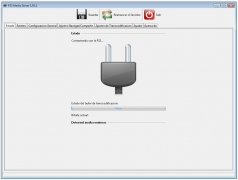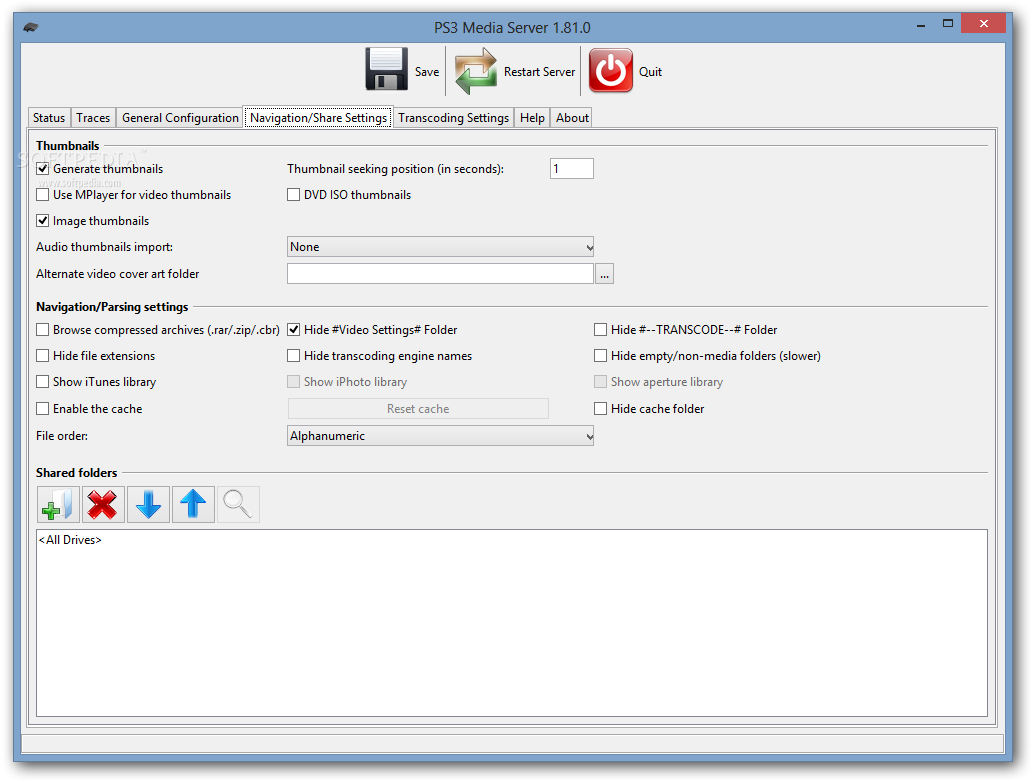

The PSP includes an 1800 mAh battery that will provide about 4–6 hours of gameplay, 4–5 hours of video playback, or 8–11 hours of audio playback. Other features include an IrDA compatible infrared port built in stereo speakers and headphone port, and IEEE 802.11b Wi-Fi for access to the Internet, ad-hoc multiplayer gaming, and data transfer. The back of the PSP features a read-only UMD drive for movies and games, and a reader compatible with Sony's Memory Stick Duo flash cards is located on the left of the system.

The system includes two shoulder buttons and a USB 2.0 mini-B port on the top of the console and a WLAN switch and power cable input on the bottom.

The console's launch was a success with over 200,000 units sold the first day. On October 17, 2004, Sony announced that the PSP would launch in Japan on Decemat a price of US$181 for the base model and US$226 for the Value System. Although mock-ups of the system were not present at the press conference or E3, Sony did release extensive technical details regarding the new system.
PS3 MEDIA SERVER PORTABLE
Sony first announced development of the PlayStation Portable at a press conference before E3 2003. Other distinguishing features of the console include its large viewing screen, robust multi-media capabilities, and connectivity with the other PSPs, and the Internet. The Ps3 is the first handheld video game console to use an optical disc format, Universal Media Disc, as its primary storage medium. Ps3 which is one of the popular gaming console lets you access games, videos, music and photos at any time and share them with your friends and family. It is a handheld game console manufactured and marketed by Sony Computer Entertainment. The Ps3 well known as Play station 3 is a 21st century gaming gadgets.


 0 kommentar(er)
0 kommentar(er)
